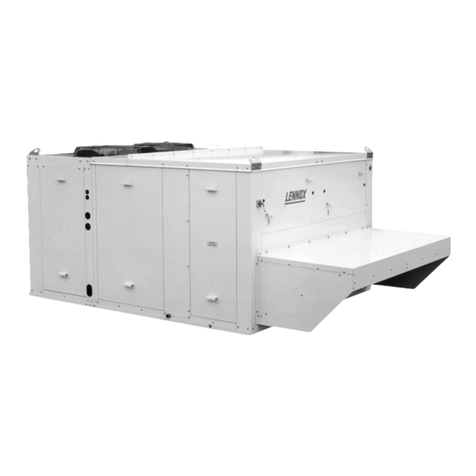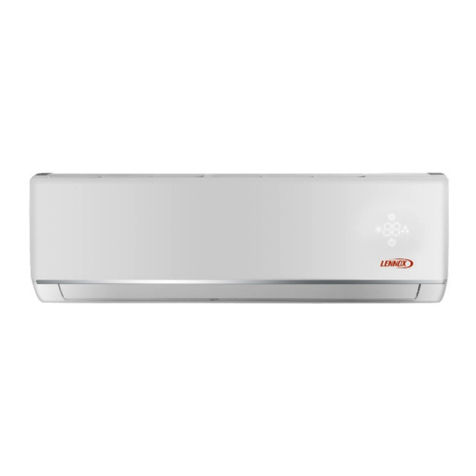Lennox SPA036H4 User manual
Other Lennox Air Conditioner manuals
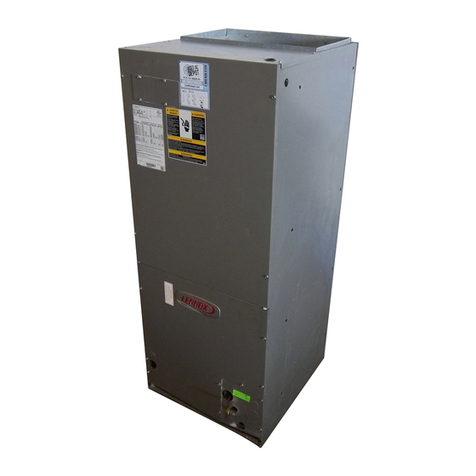
Lennox
Lennox CB29M User manual

Lennox
Lennox WING User guide
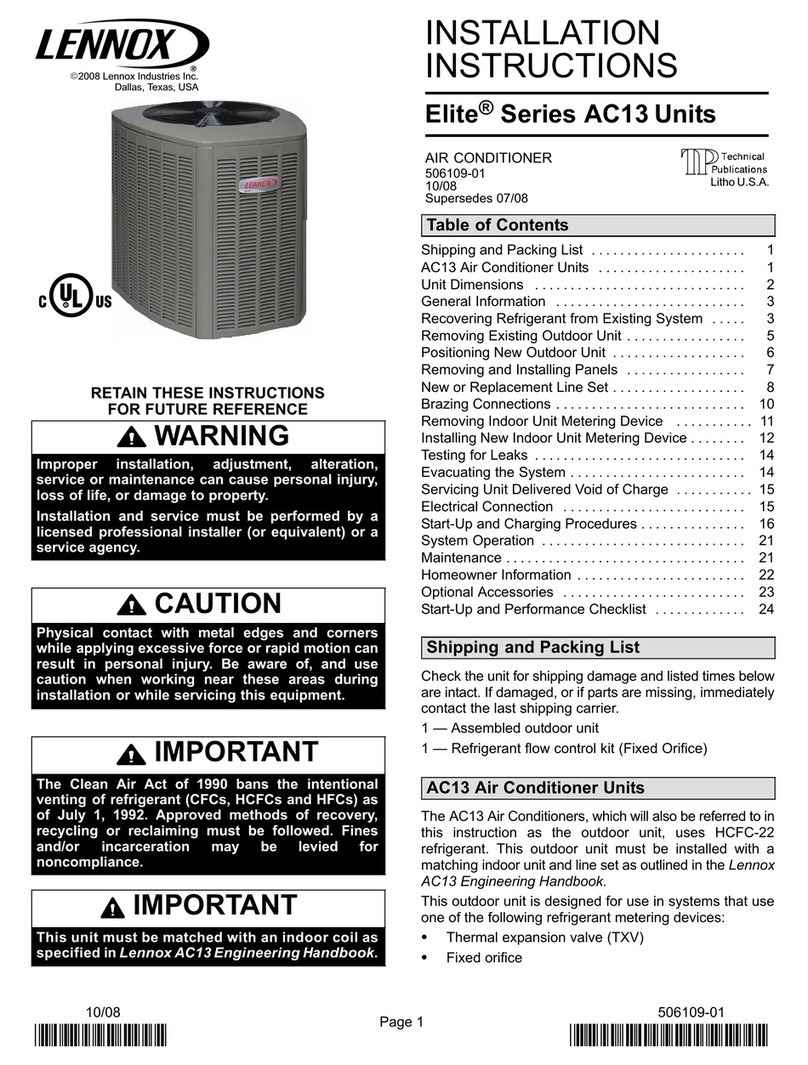
Lennox
Lennox AC13 -018 User manual

Lennox
Lennox XC25-024-230-01 Manual
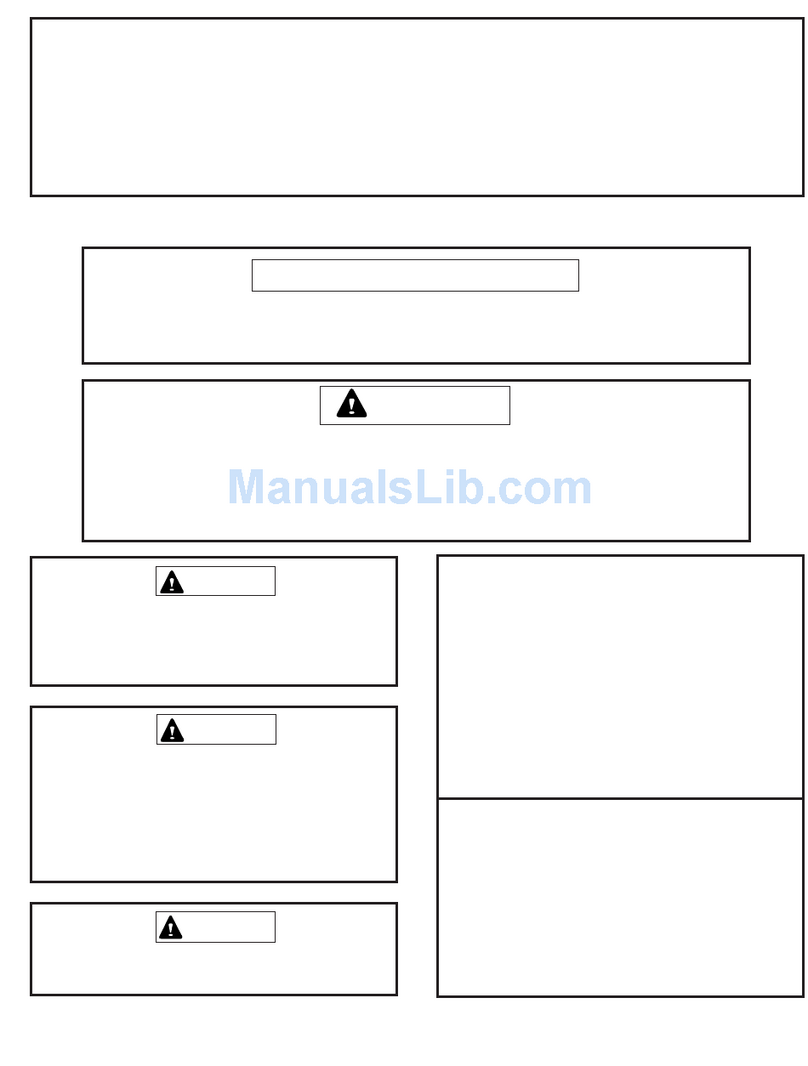
Lennox
Lennox 2SCU13-18 User manual

Lennox
Lennox LGT036 User manual

Lennox
Lennox 13ACX Manual

Lennox
Lennox LM012CI-100P432-1 User manual

Lennox
Lennox MCA Series User manual
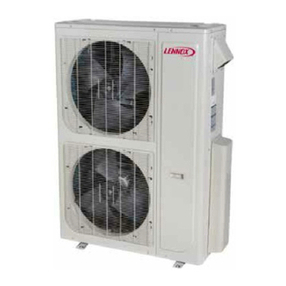
Lennox
Lennox MPA012S4S-1L User manual

Lennox
Lennox Comfort Series User manual
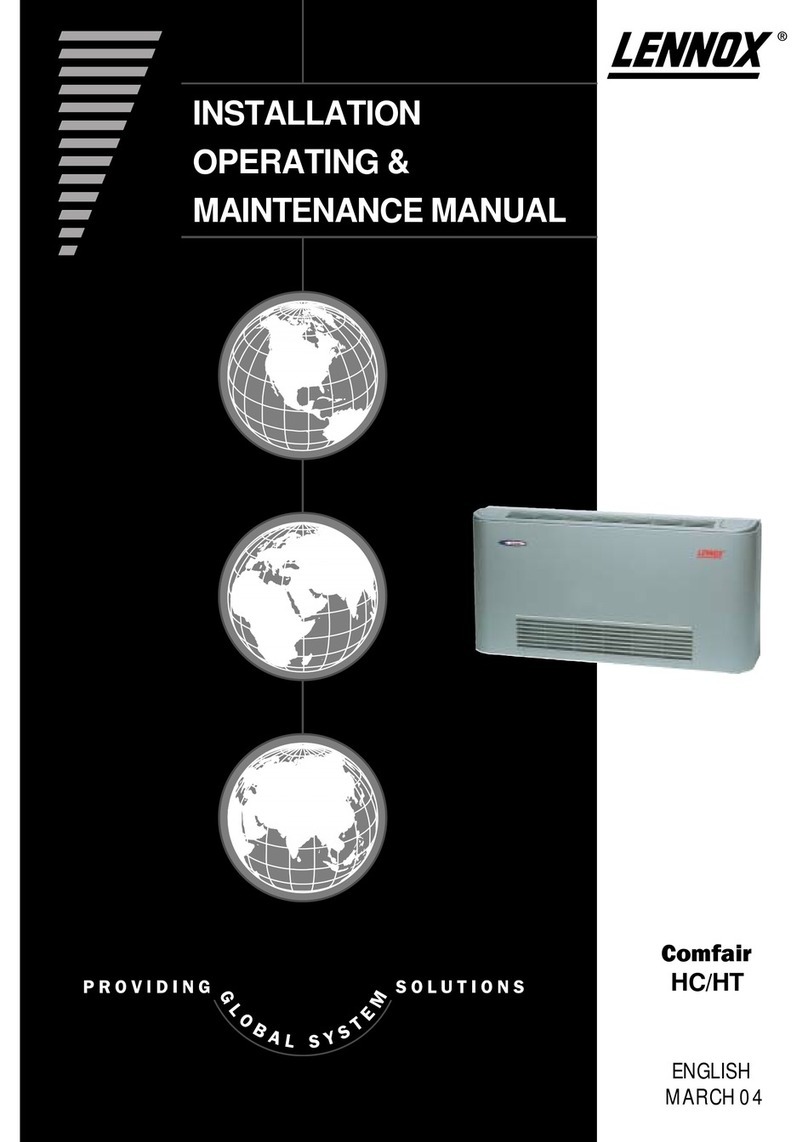
Lennox
Lennox Comfair HC User manual
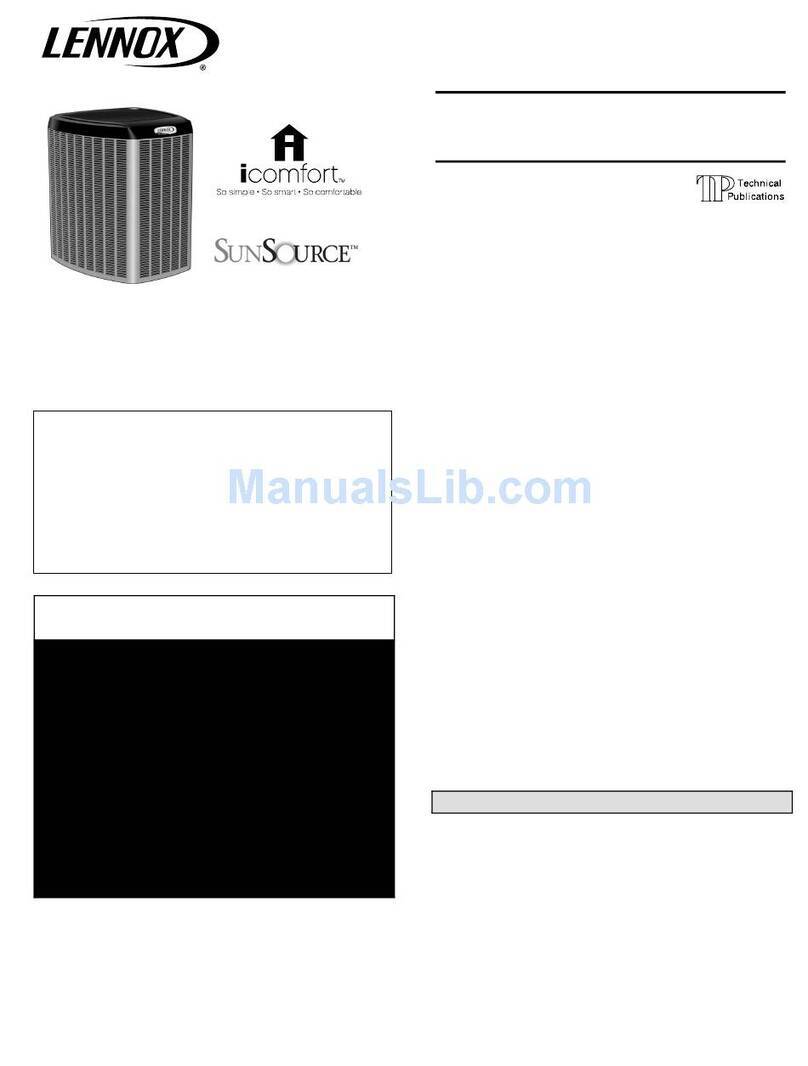
Lennox
Lennox XC21 User manual

Lennox
Lennox KG 024 Guide

Lennox
Lennox CBX32MV-018/024 User manual

Lennox
Lennox VERDB01C432P User manual
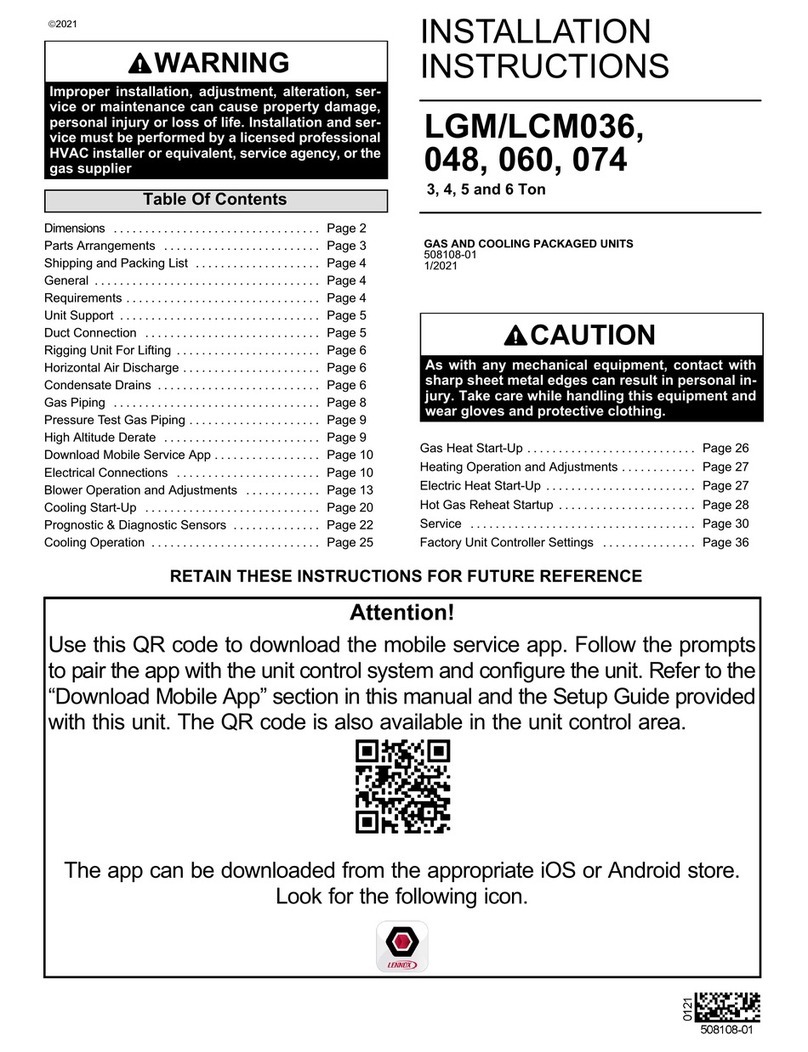
Lennox
Lennox LGM036 User manual

Lennox
Lennox CBX25UH-018 Manual

Lennox
Lennox Quantum Waterside LQWFC 150 User manual
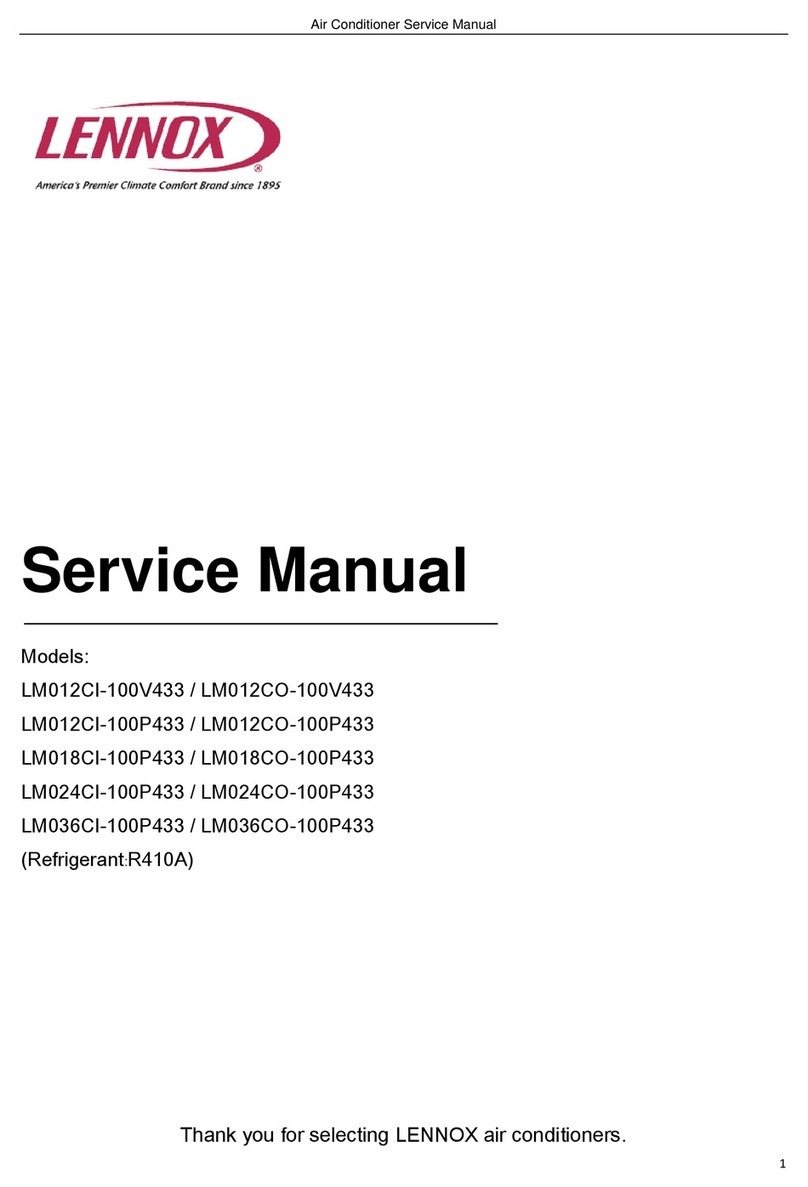
Lennox
Lennox LM012CI-100V433 User manual
Popular Air Conditioner manuals by other brands

Fujitsu
Fujitsu ASYG 09 LLCA installation manual

York
York HVHC 07-12DS Installation & owner's manual

Carrier
Carrier Fan Coil 42B Installation, operation and maintenance manual

intensity
intensity IDUFCI60KC-3 installation manual

Frigidaire
Frigidaire FAC064K7A2 Factory parts catalog

Sanyo
Sanyo KS2432 instruction manual

Mitsubishi Electric
Mitsubishi Electric PUHZ-RP50VHA4 Service manual

Panasonic
Panasonic CS-S18HKQ Service manual

Panasonic
Panasonic CS-E15NKE3 operating instructions

Gree
Gree GWH18TC-K3DNA1B/I Service manual

Friedrich
Friedrich ZoneAire Compact P08SA owner's manual

Daikin
Daikin R32 Split Series installation manual
